Publications
Topographic alignment of auditory inputs to the visual cortex
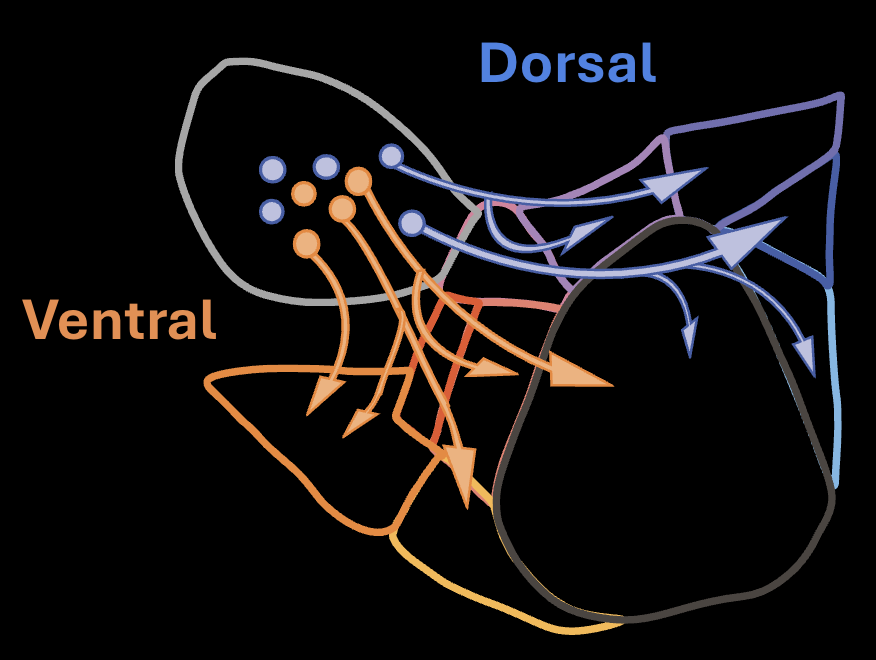
A Egea-Weiss*, B Turner-Bridger*, A Viduolyte, E Marianelli, P Znamenskiy, MF Iacaruso
In collaboration with the Iacaruso lab, we find new anatomical and functional rules that govern how auditory and visual cortices talk to each other. We show that the projections from auditory to visual cortex are topographically organised and route stream-specific spatial auditory signals.
Barcoded Rabies In Situ Connectomics for high-throughput reconstruction of neural circuits
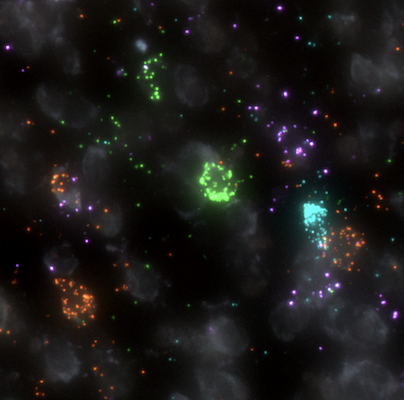
A Becalick*, A Blot*, M Strom, P Znamenskiy
We developed BRISC, a new method using rabies viruses expressing random molecular barcodes to reconstruct inputs of 100s of single neurons in the same animal. We apply BRISC to map connectivity of the mouse primary visual cortex, identifying layer- and cell-type-specific wiring rules.
A depth map of visual space in the primary visual cortex
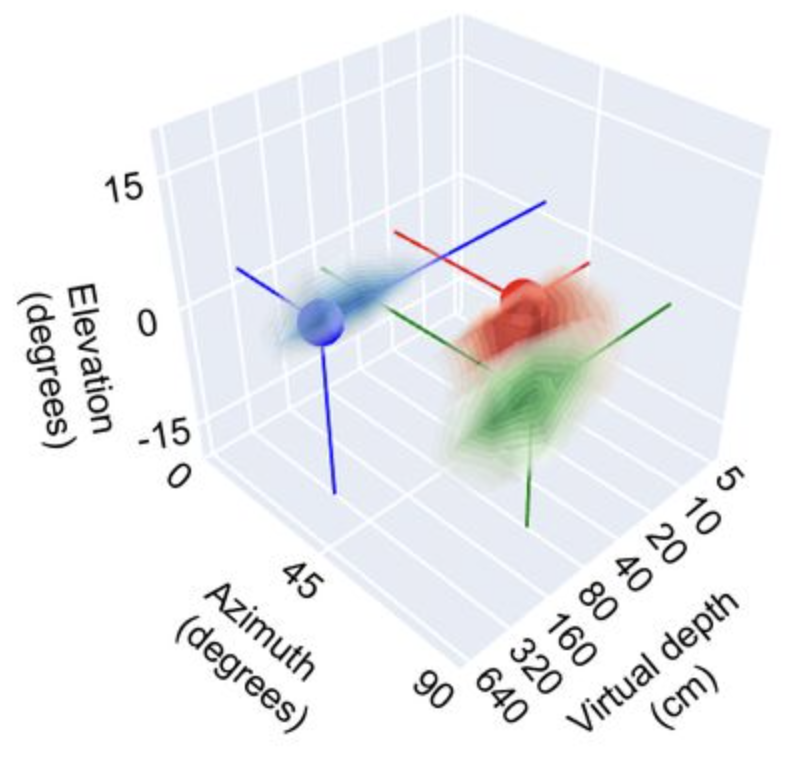
He Y, Colas Nieto A, Blot A, Znamenskiy P
We found that the responses of neurons in the mouse primary visual cortex are tuned for depth of visual cues driven by motion parallax. This selectivity arises as a product of integration of optic flow and locomotion-related signals. As the result, V1 neurons can be described by three-dimensional receptive fields - tuned for retinotopic location and depth.
Functional specificity of recurrent inhibition in visual cortex
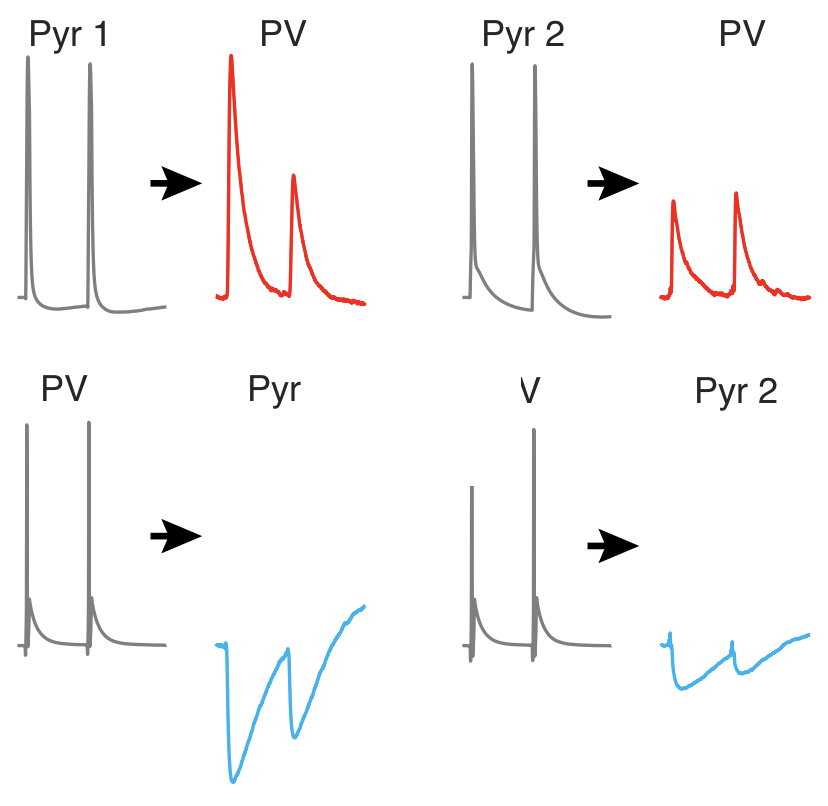
P Znamenskiy*, MH Kim*, DR Muir*, MF Iacaruso, SB Hofer, TD Mrsic-Flogel
We discovered that the connectivity of PV+ inhibitory neurons in visual cortex is more precise than previously thought. By characterizing their synaptic connectivity and relating it to their visual responses in vivo, we found that the synaptic strength of their connections with nearby excitatory cells is correlated with the similarity of their visual responses.
Mesoscale cortical dynamics reflect the interaction of sensory evidence and temporal expectation during perceptual decision-making
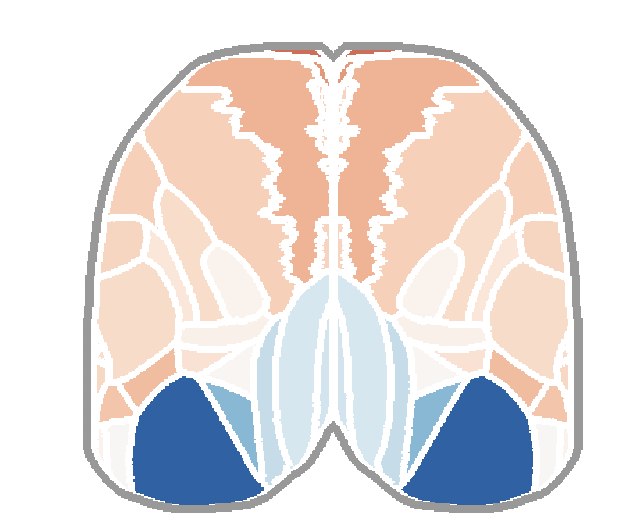
I Orsolic, M Rio, TD Mrsic-Flogel, P Znamenskiy
We used widefield calcium imaging in a new behavioral task to track how sensory evidence is processed during as mice make perceptual decisions. We showed that while execution of behavioral responses in the task had a global impact on cortical activity, processing of sensory evidence triggered localized responses.
Segregated subnetworks of intracortical projection neurons in primary visual cortex
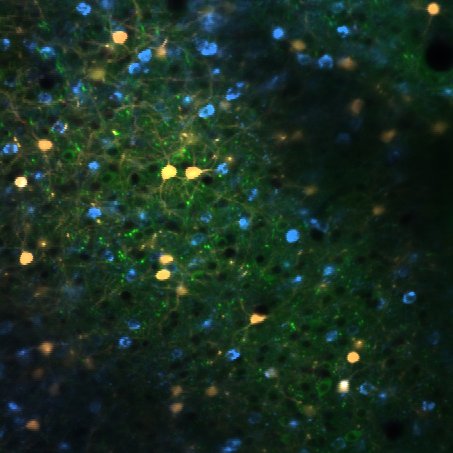
MH Kim*, P Znamenskiy*, MF Iacaruso, TD Mrsic-Flogel
We discovered that nearby V1 neurons projecting to different higher visual areas very rarely make connections with each other. Differences in response properties between these populations fell short of explaining this segregated connectivity, suggesting that these population may be hard-wired to avoid making synaptic connections.
Selective corticostriatal plasticity during acquisition of an auditory discrimination task
Q Xiong*, P Znamenskiy*, AM Zador
We used optogenetic stimulation to track the plasticity of corticostriatal connections in rats learning an auditory frequency discrimination task. Remarkably, by characterizing the spatial pattern of corticostriatal synaptic strength ex vivo we were able to decode the association between sound frequency and motor responses that the rats had learned.
Long-term Cre-mediated retrograde tagging of neurons using a novel recombinant pseudorabies virus
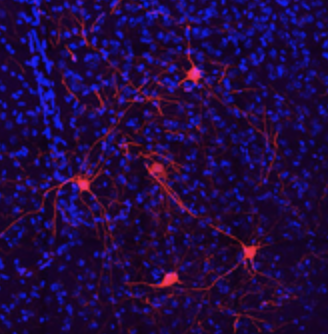
HK Oyibo*, P Znamenskiy*, HV Oviedo, LW Enquist, AM Zador
We developed a new tool for genetic targeting of neurons based on the target of their long-range projections. Pseudorabies virus undergoes efficient retrograde spread in the nervous system but is highly toxic to neurons. By knocking out the gene encoding IE180, its master transcriptional regulator, we engineered recombinant PRVs that can infect and label neurons without any cytopathic effects.
Corticostriatal neurons in auditory cortex drive decisions during auditory discrimination
P Znamenskiy, AM Zador
We showed that manipulating the activity of auditory cortex neurons projecting to the striatum biased animals' choices in an auditory discrimination task. These results demonstrated that these projection neurons help convey information about sensory stimuli to drive motor actions when animals make decisions based on auditory cues.
PINP: a new method of tagging neuronal populations for identification during in vivo electrophysiological recording
SQ Lima, T Hromádka, P Znamenskiy, AM Zador
We demonstrated, for the first time, that optogenetic tagging could be used to identify genetically or anatomically defined neuronal populations during extracellular recordings.
